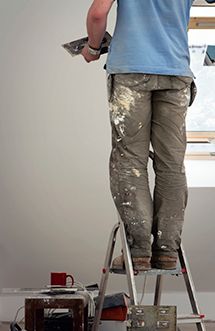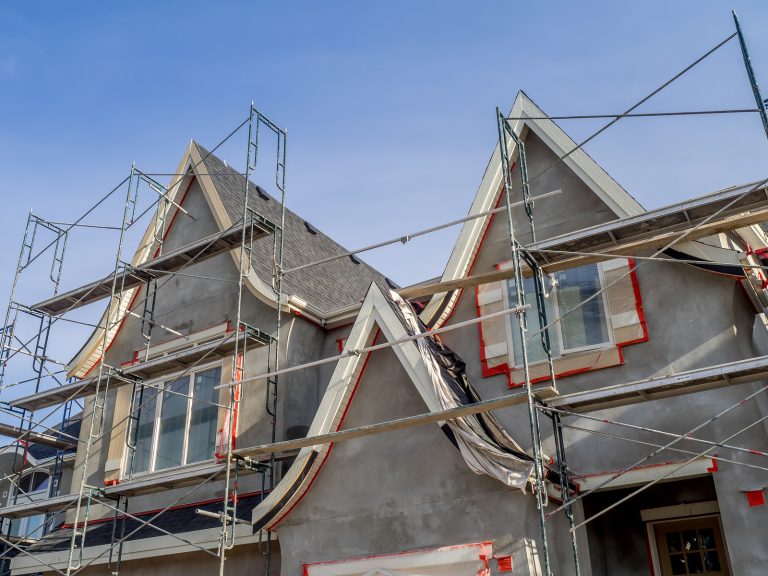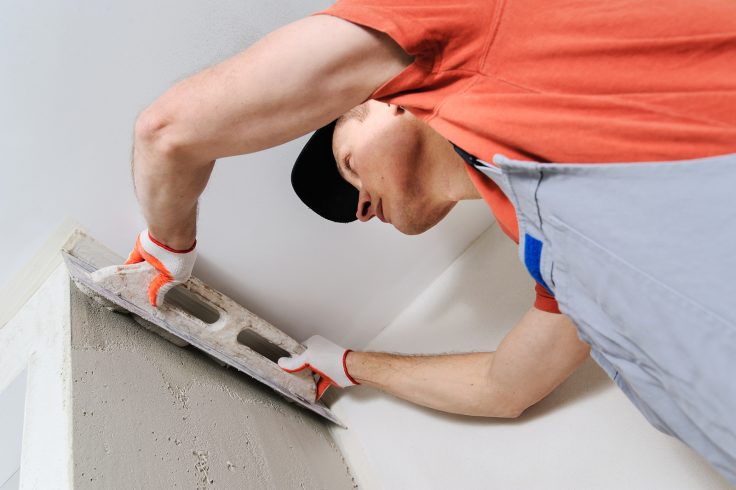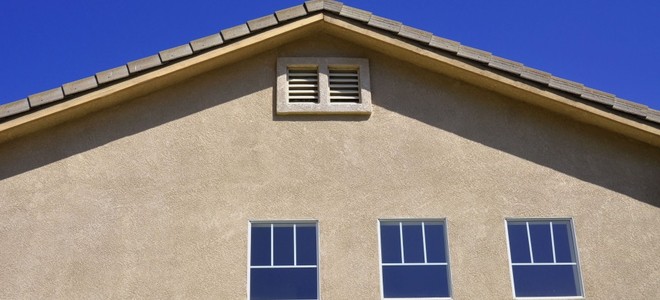How to Care for Plaster in an Old House
Save the plaster! This might have been the rallying cry of Julia Child, were she a preservationist rather than a chef.
Plaster walls and decorative details are high-quality, handmade finishes that give an old house character. They should not be replaced with inferior materials without a compelling reason. Plaster is worth preserving and, fortunately, easy to maintain — all you need is a little knowledge.
What is plaster
Plaster is an ancient material that goes back at least to the Egyptians. Its exact composition has varied considerably through the ages, but in modern times it typically consists largely of plaster of Paris, otherwise known as gypsum.
It is applied by hand and dries to a very hard finish that can last pretty much forever — as long as it isn’t damaged by water or cracked or separated from its underlying material by movement.
Decorative, ornamental, and architectural plasterwork goes on top of flat plaster walls and ceilings. Examples include wall moldings, crown moldings, moldings on the ceiling, plaster medallions, and fanciful floral decorations or scrollwork just below crown moldings or on vestibule walls. The most elaborate plasterwork is usually found in the parlor.

How Big a Drywall Patch Before Taping is Needed?
I’d like to cut out several 3″ to 4″ circles in my drywall ceiling, then “plug” the holes with the same size circles of new drywall, and then mud over them. Will there be a circular crack if I do not tape a patch of that size? Any better ideas? Thanks in advance.
In my experience drywall_diy_guy is correct. His link is exactly how I do it as well. Often when you tape, you have to feather out way further. Taping adds work and not necessary when there is no chance of shifting.
In my experience, you will get cracking unless you tape them. You’re probably not going to be able to put in a patch so perfectly that you could only apply mud to the crack; you’ll have to mud over the whole thing, so why wouldn’t you want to use tape?
A 2″ wide piece of wood that is at least 1/2″ thick and 6″+ long is put up on the back side of the sheet rock and secured with a couple sheet rock screws on either end to the sheet rock ceiling. Then the patch is screwed to that wood to secure it in place.
I’m with handymac. If you’re cutting the holes with a hole saw, you can even use the same pieces. Clean the drywall edges with a sharp utility knife before you mud. Gently pull a sharp blade on a 45 degree angle and they’ll clean up nicely.
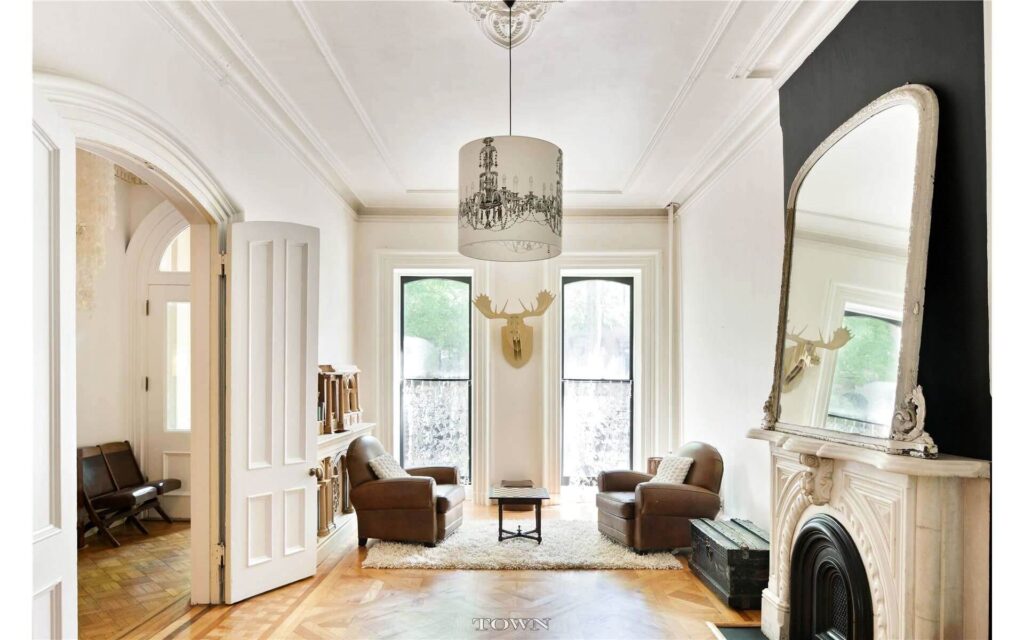
Important Types of Drywall Services to Repair Damage
You don’t have to put up with damage to your home, so you can get that drywall repaired and looking as good as new again.
Furniture Scuffs And Marks
When you move into a new home, you could well find scuffs and marks on the walls of the building. These most likely come from furniture, that’s been placed too close to the wall when the previous owners were living there. This happens to you too, when you move furniture around. These marks are annoying, but luckily they’re often not too hard to deal with.
Door Holes
What are door holes? These are holes that appear in the drywall from door handles, as the door is opened too hard into it. The handles leaves a dent or hole in the wall, damaging it. These are annoying and difficult to avoid in some homes.
The drywall services needed to fix the holes include:
Using joint compound to patch over it
Sanding it the following day
Painting it to blend the repair in with the rest of the wall
Water Damage
Water damage comes from several different places, such as leaking roofs or damaged plumbing. If you start to see discolored drywall, you’ve got to move fast to find the leak and stop it. The longer it goes on for, the worse the damage will be.

Drywall Repair
Drywall repairs come in all sizes and shapes so here are few things to keep in mind. Nail holes can simply be filled with spackle and paint touched up, if needed. As holes get a bit larger we can use various size aluminum patches that then get ”mudded” with drywall compound. Most houses in our area have textured walls (and the vast majority of those are “knockdown”), so we’ll use a can of texture spray to apply it. Note that with knockdown especially, it can be pretty difficult to get an exact match with your existing texture due to a variety of factors, but after painting, it’s rarely noticeable. In fact, paint match can be more of an issue, but that is another story.
Bigger than about 6 inches and we are looking at cutting out and replacing pieces of drywall itself. We usually have to cut it to the stud width so there is something to screw into or add some pieces of lumber to provide a backing. After the repair and mudding, depending on the size of the area that needs to be retextured, we may need to use a texture spray gun instead of the spray cans. This provides a good quality texture at less cost but does require more significant tarping for the overspray compared to using a can spray. If your wall paint is a flat sheen, even the same paint can be visible as a touch-up. So especially with larger drywall repairs it often makes more sense to paint the entire wall.
Now for those ceiling repairs. There’s often damage or staining from leaks and the first thing you want to be aware of is the potential for mold. For minor leaks, you can immediately drill some holes in the drywall (whatever size bits you have handy) and even place a fan on it, if possible, to get some air circulation through there. There’s a good chance that you can dry it out before mold has a chance to grow. Then we can just do minor repairs for the holes and paint with stain blocker and your ceiling paint.
If it is more extensive or took a while to detect, we’ll want to cut out a section and examine for mold. True mold abatement procedures are involved and costly, but that is based on the area or square footage (think flooded home), so we can generally safely address mold issues associated with common size leaks.
Just a few more tidbits: your walls are usually 1/2 inch drywall and the ceiling 5/8 inch (but product is also available in 1/4 inch and 3/8 inch); green board is water resistant, not waterproof and should not be used for showers and baths (use cement backerboard there); fire-rated means it has some glass fibers that help hold it together and last a bit longer during a fire.
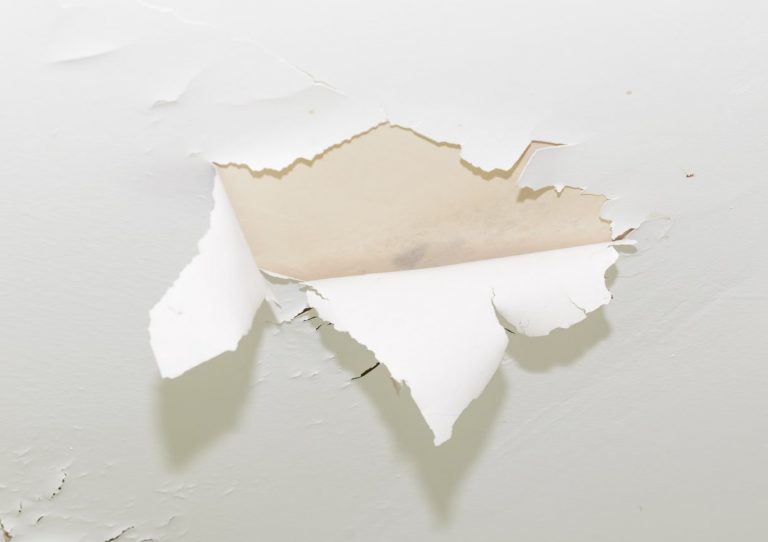
Drywall & Plaster
Drywall & Plaster Services:
Drywall and Plaster Installation
Drywall Repair Contractors
Metal Framing Boston MA
Plaster Repair Boston
Drywall Ceiling Repairs & installation
Blueboard & Plastering
Sheetrock Installation
Textured Drywall Installation
Popcorn Ceiling removal
Wallpaper Removal
Drywall Damage Repairs (smoke/fire/water)
Drywall & Plaster Contractors
Attention to detail, great quality of work, and competitive pricing! drywall experts in everything we do including: drywall removal, patching, prepping for the drywall, installing, taping, mudding, sanding, texturing, finishing, and ready to paint. All of our hired contractors have been trained by the best. Licensed, certified and experienced with all types of drywall projects, we work hard to be one of the best drywall companies around
Drywall and Plaster Contractors
knows that working with drywall is about both quality and time. As your top local experienced drywall contractors, and we offer a complete range of drywall services including installation and repair. nstalling drywall isn’t a simple job. There are a number of steps involved, and attention to detail is everything. With multiple products available, the best option often depends on the job at hand
